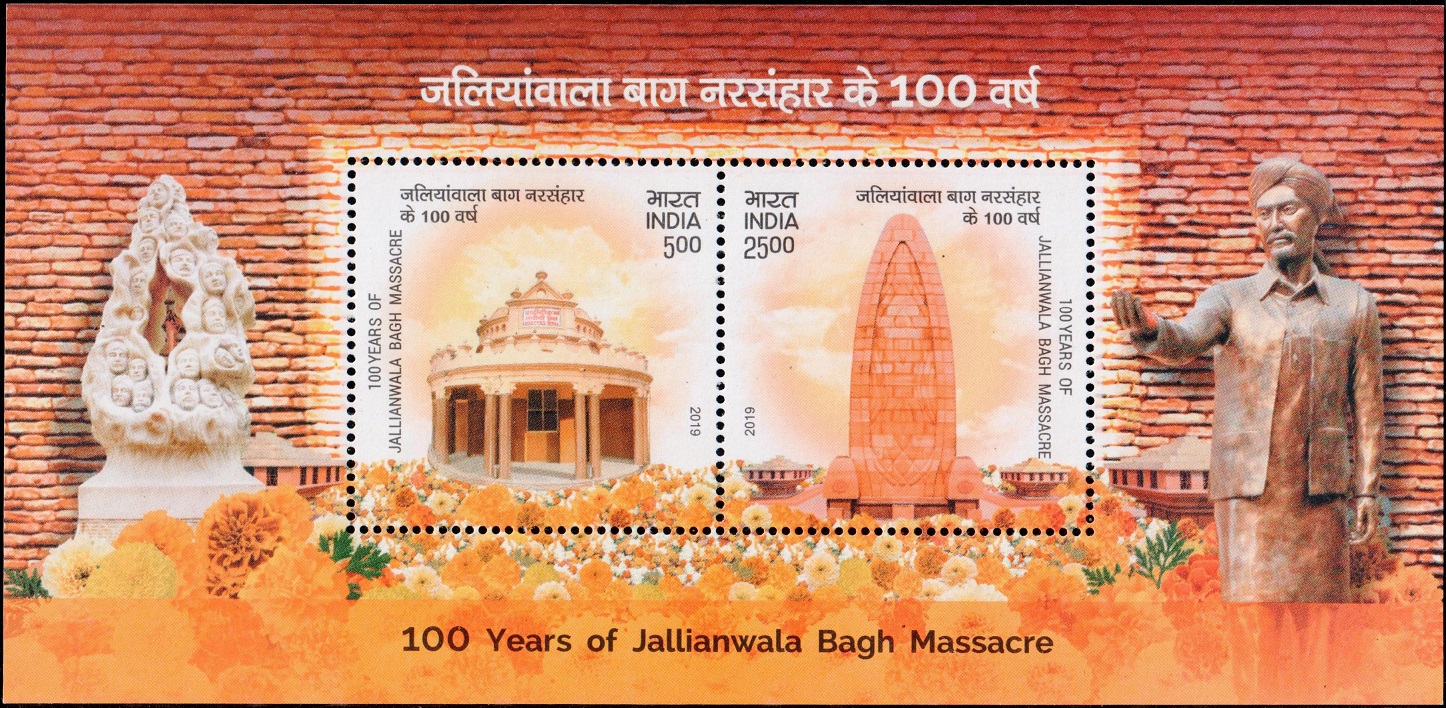
Jallianwala Bagh Massacre 2019
Complete set of 2 nos. of commemorative postage stamps on the 100 Years of Jallianwala Bagh massacre :
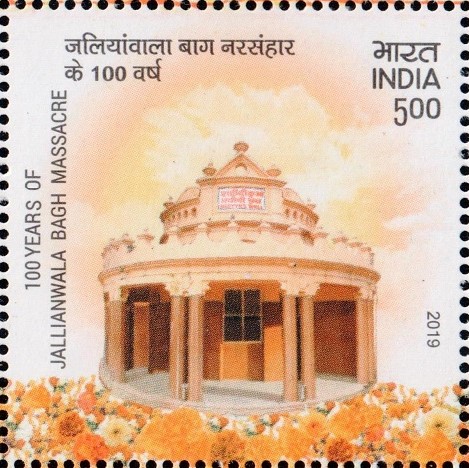
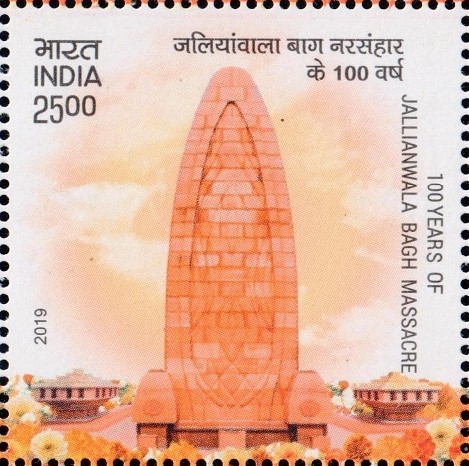
 Issued by India
Issued by India
Issued on Apr 13, 2019
Issued for : A memorial designed by architect Benjamin Polk was built at Jallianwala Bagh in the memory of the martyrs of this tragedy. At the centre of the memorial is a giant flame symbolising the sacrifice of the martyrs, as well as the freedom struggle that emerged from it. India Post salutes the martyrs and pays homage to them by bringing out a set of two commemorative postage stamps in this centenary year.
Credits :
Stamps/FDC/Brochure/Cancellation Cachet : Shri Kamleshwar Singh
Type : Miniature Sheet, Mint Condition
Colour : Multi Colour
Denomination : 500 & 2500 Paise
Stamps Printed : 500000 each
Miniature Sheet Printed : 110000
Printing Process : Wet Offset
Printer : Security Printing Press, Hyderabad
About :
- 13th April, 2019 marks the centenary of the Jallianwala Bagh Massacre, when over one thousand innocent men, women and children were killed by Brigadier General Reginald Dyer, during a peaceful meeting at the Bagh. The horrific attack was the spark that lit the flame of the freedom struggle and united those determined to wrest India’s freedom from colonial rule.
- On 13th April, 100 years ago (the day also marks the Punjabi harvest festival of Baisakhi) residents of Amritsar had gathered at the Bagh to convey their unhappiness against the arrest of Mahatma Gandhi, as well as that of local leaders, including Dr. Saif-ud-Din Kitchlew and Dr. Satyapal. The leaders had been arrested for organising the very successful Satyagraha movement against the Rowlatt Act. There were other causes of unhappiness in Punjab, especially against the regime of intimidation unleashed by Sir Michael O’Dwyer, the Punjab Lieutenant Governor, who ruled with an iron hand. Inflation was high, an influenza epidemic had taken hundreds of lives and the forced recruitment of soldiers to fight in the World War, added to the miseries of the people.
- It was a Sunday and people had converged at the Jallianwala Bagh in large numbers. The Bagh was a barren, undulating piece of land of around 6.5 acres, very close to the Golden Temple. There was only one exit from the Bagh. Since it was Baisakhi, some visitors had also come from other districts for the festival, which also celebrates the establishment of the Khalsa Panth by Guru Gobind Singh.
- However, even though the meeting of thousands of Hindus, Sikhs and Muslims together was peaceful, the British were unnerved by the numbers. There had already been violence in the city that year on the 10th of April, when at least thirty Indians had been shot and killed by the British troops in Amritsar. Five Europeans had also died. On the morning of 13th April, General Dyer had banned public meetings through cursory proclamations, but none of the announcements were made near the Bagh, nor, were people prevented by the police from gathering there. An aeroplane flew past to inform General Dyer when sufficient people had gathered, after which he marched in with his troops comprising of Baluchis and Gurkhas. He was careful not to take any British soldiers with him. He ordered firing on the crowd as soon as he entered and people were not given any warning nor was there any announcement asking them to disperse.
- Hundreds of Indians present died on the spot – and others when they tried to escape were unable to do so as General Dyer had blocked the only exit and had also placed armoured vehicles outside the Bagh with machine guns in case anyone managed to escape.
- Those who were trapped in the Bagh lay down to escape the bullets and others ran to try to scale the walls on the periphery of the Bagh. A large number of corpses piled up near the walls. People were shot even as they tried to flee. A number of people fell into the well, which did not have a wall encircling it, while trying to escape the bullets. Under his instructions, Dyer’s troops fired for ten minutes, a total of 1650 rounds. Many of the injured had multiple wounds – and as curfew set in shortly afterwards, hundreds slowly and agonisingly bled to death through the night. Those who managed to escape were denied medical help from the government and cruelly turned away from the civil hospital. Relatives were forced to take the corpses away either at night – or to collect them for mass burials or cremation the next day. A count of the casualties was not immediately done by the British: as a result the numbers officially recorded months later are lower than what the death toll may have actually been.
- Even a compilation of the data available today indicates that there would have been more than 500 dead, but is also known that many died later, often in secrecy so as not to attract retribution on their families by the British. Eyewitness accounts say that around thousand died and perhaps twice the number were injured.
- Despite the deaths and injuries of so many, the repressive regime under Sir Michael O’Dwyer did not cease the intimidation of the people. Perhaps the rulers realised that the people were subdued – but not subjugated. Martial Law was imposed all over Amritsar and in some other districts in Punjab, ensuring that the media could not report in detail any of the atrocities taking place. The people were not given any legal help either. The Martial Law orders, such as the infamous “crawling order” (where men were forced to crawl on their stomachs through a particular street in Amritsar) were meant to humiliate and demean the non-White population of Punjab still further.
- Ultimately, when the Martial Law was lifted, many leaders such as Mahatma Gandhi and Rabindranath Tagore condemned the situation in Punjab and the massacre. It gave a rallying point to the fledging freedom struggle. Freedom fighters such as Udham Singh vowed to take revenge for the atrocities committed in 1919. Udham Singh shot and killed Sir Michael O’Dwyer at Caxton Hall in London on 13th March 1940.
- Text : Based on information received from Ministry of Culture.


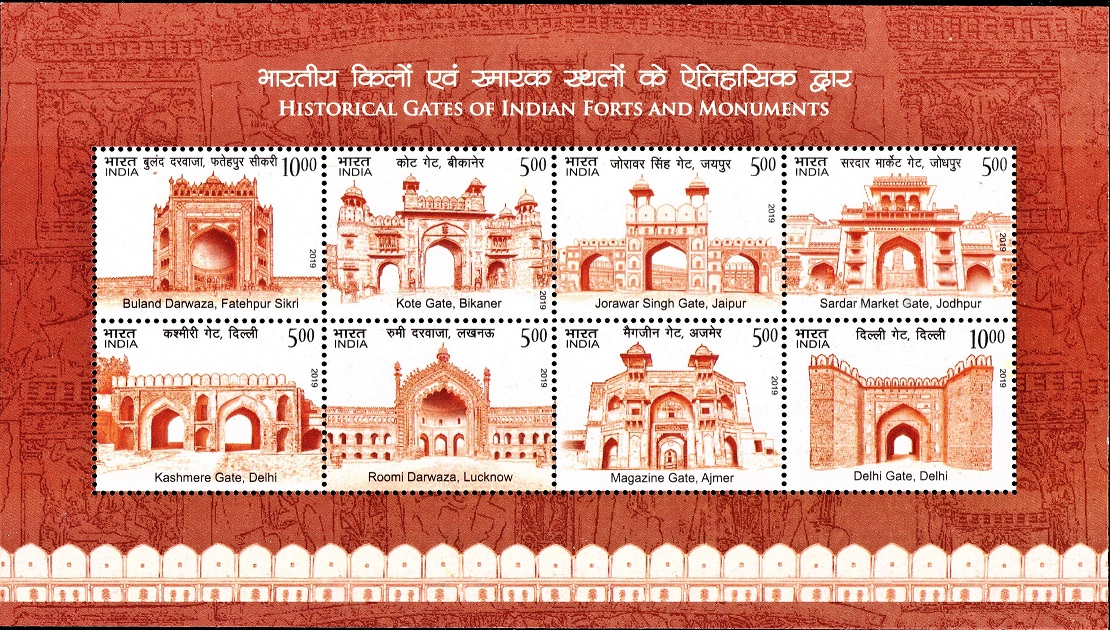



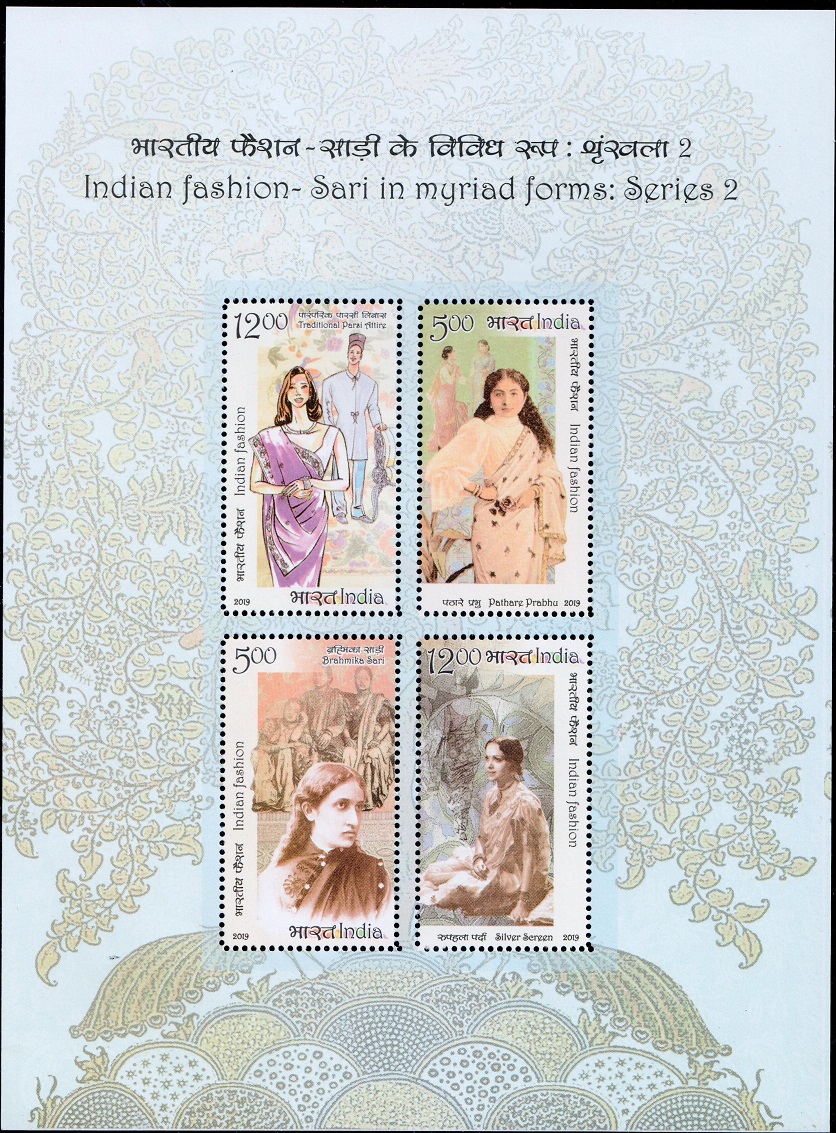
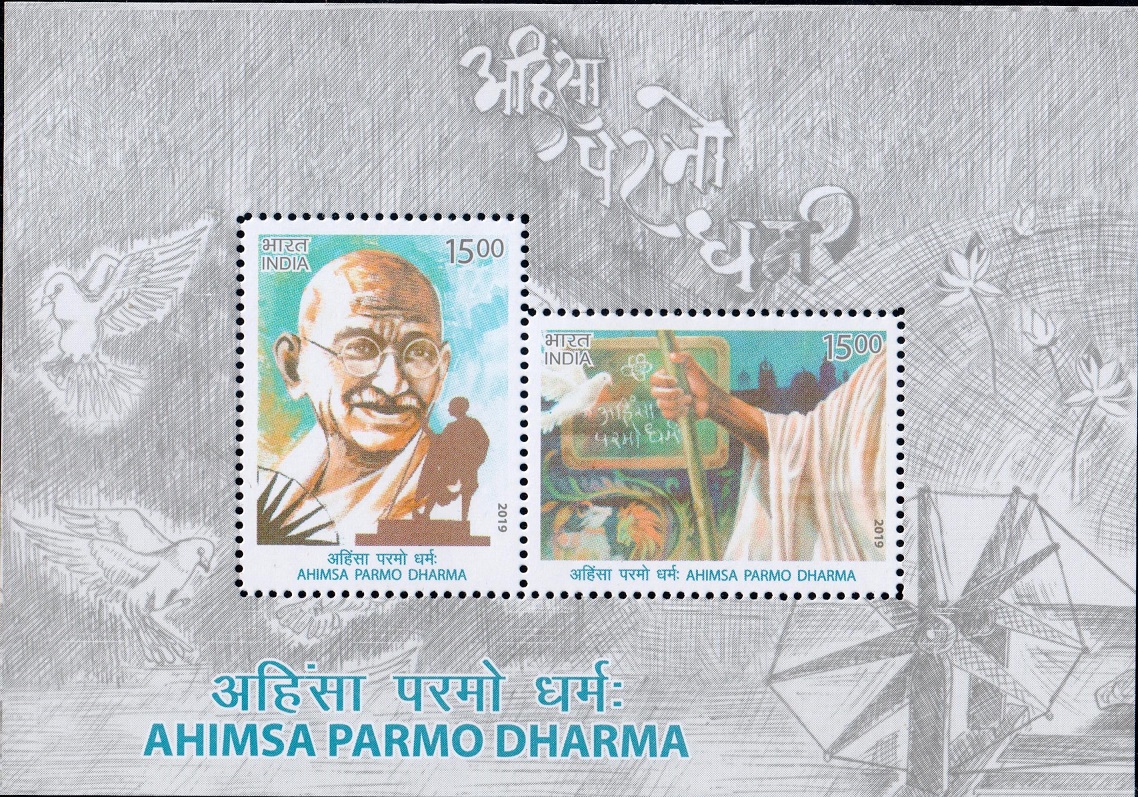
[…] in Delhi. People rioted in retaliation. Later Gandhi too was arrested. This along with the Jallianwala Bagh massacre, aroused mass public anger against the British […]
[…] political plight of the nation. His interest in politics was accentuated when he heard of the ‘Jallianwala Bagh massacre’. Kamaraj participated in the famous Vaikom Satyagraha, and, following Mahatma Gandhi’s appeal […]
[…] Bharti. In 1919, he relinquished his knighthood as a protest against the British atrocities at Jallianwala Bagh in the […]